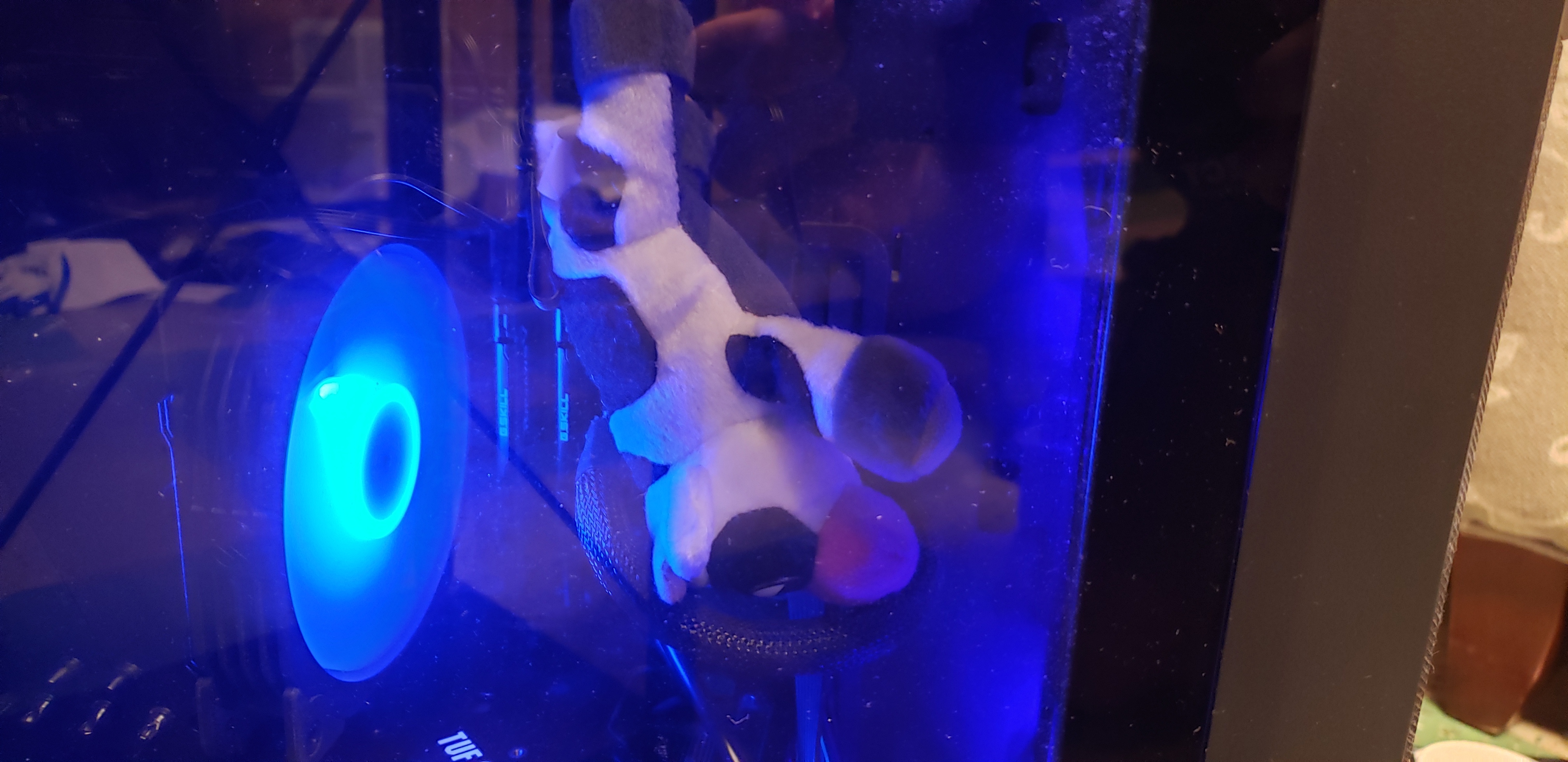So been trying out Garuda Linux for a while now (my first distro), but feel ready to try another distro. Therefore looking for a distro that suits my preferred requirements, anyone has any tips?
- Uses Wayland
- Supports flatpak
- ButterFS format
- KDE Plasma
- “Good for gaming”
Note: Got nothing negative about Garuda, I just want to explore the options out there :)—
Try openSUSE Tumbleweed
openSUSE probably has the best out of the box btrfs experience
Fedora KDE, Kinoite, or Nobara could all be of interest to you
I’d throw Bazzite in as well. It’s gaming focused like Nobara but immutable like Kinoite
Who comes up with these names 😅
check out Endeavour OS
I can second Endeavour, it’s probably the easiest entry point into Arch and it can be customized to do all the things in the list.
It runs Plasma really well, and you can get Wayland with KWin working for Plasma as well, but it’s easier to do on AMD and I have an Nvidia card.
Nobara, it’s literally all the things you mentioned above
Neat! ✨
As as hell to install too.
What about Arch (BTW)? You can decide exactly what do you want to have there.
Bleeding edge packages are great for gaming, and it supports everything else.
Garuda is based on Arch so it might not fulfill op’s desire for real exploration.
deleted by creator
You don’t really *need* Flatpaks, but you can install them, if you want to.
AUR FTW
deleted by creator
Don’t laugh, hear me out…
Slackware current (rolling release)
Then switch to LTS version at the next release, which I’m thinking will happen before the end of the yeay.
It checks all of your boxes and will give you a different take on Linux computing.
I think from Garuda to slackware is too large of a leap
I honestly don’t know anything about Garuda. I don’t have much meaningful experience with any distro besides slackware. I’ve had an empty 50gb distrohop partition for months. I was going to give vanilla arch btw a try to see what all the fuss is about, but I haven’t gotten around to it.
EndeavorOS or Arch.
NixOS, it has some learning curve, but your configuration is stored in git so you can always access any solutions you have employed at any point or any packages you used before
Of course, that also means you can roll back easily and there’s also reproducible builds
It is completely different, so worth checking out even as a package manager
NixOS is a decent leap from Garuda as a first distro. And it may not be that good if the user isn’t a programmer, which I’m not sure if OP is.
Not a programer, but doing a master in Cybersecurity (Digital Forensics), and have previously programmed a fair bit. But yeah, although nix sounds great I’m not quite looking for the steep learning curve quite yet at least. Might treat myself to NIX further down the line 😉
To be fair, nix is not super hard, it’s just that its more than your typical distro. You’ll run into rare compatibility issues. Yes, rare, but if you’re not a tinkerer, you may not like it.
I would recommend Fedora Kionite, or uBlue KDE/ Bazzite. It’s the same as Kionite, but preconfigured with some additional QOL-stuff. Bazzite is the equivalent to Nobara, but also immutable.
I turned into a huge fan for Silverblue (and spins) over the last few weeks.
Especially interesting is the Universal-Blue-project, which offers many “spins” (or to be more precise, new-interpretations and derivates).
You can just install the vanilla Silverblue and then rebase to Kionite, uBlue, Bazzite, and so on. And if you don’t like it, just roll back/ re-rebase without any hazzle or risks. Your user data are separated from the system and don’t need to get copied from your backup like usually.
What you might like:
- Immutable and hard to break. If something breaks (bad update or user fault), roll back. Works even better than Snapper (Tumbleweed) imo, which is pretty much the best BTRFS-implementation. You don’t need to restore it, you just select the image and boot.
- Can be rebased (underlying system swapped out) to anything you want. Switch from KDE to Gnome because it now has a feature you missed? One command, a few minutes waiting time for the download, reboot, and you’ve got a clean “new” system with all your userdata and stuff unchanged!
- No reboot for updates required, they just install in the background and get applied when you boot up your PC the next time.
- Cutting edge, but stable.
- Doesn’t only support Flatpak, but relies on it (at least that’s recommended).
- Install any software you want with Distrobox. Arch, Debian, whatever. Comes pre-installed (uBlue at least) and is an integral part of your workflow if you use the terminal.
- Great KDE implementation.
Gentoo 😉
A lot of the comments don’t fit your criteria. Everyone is just recommending the distro they like. Which is fine, but they should at least say that.
I personally don’t have a good answer either. Most my experience is in minimal distros that let you built out those components yourself. It may be worth considering that option (in which case, Arch is a natural next step), but you have to explicitly install wayland / flatpak / kde / etc to fit your criteria.
Yeah figured so, think i will go for this option actually :)
That’s awesome! Good luck on your journey and ask if any questions come up!
Wayland is more of a DE thing
Sorry, what is DE?
Desktop Environment. MATE, KDE, GNOME, KDE, Xfce, etc.
Ahhhh my bad, should have caught that one 😅
Kubuntu with the ubiquity installer will install onto btrfs. Flatpack is easy to add.
Add in system76 scheduler and an up to date kernel like xanmod and youve got 90% of what gaming distros will do.
If you’re using flatpak you don’t have to worry that the host system has old mesa.
This sort of setup is probably trivial to do in arch as well.
Try Parrot OS, Home edition. Smooth, reliable, does everything well and super easy to add your favourite opensource software. It’s flagged as a security distro, but it’s actually a highly rated Distro without any of that














